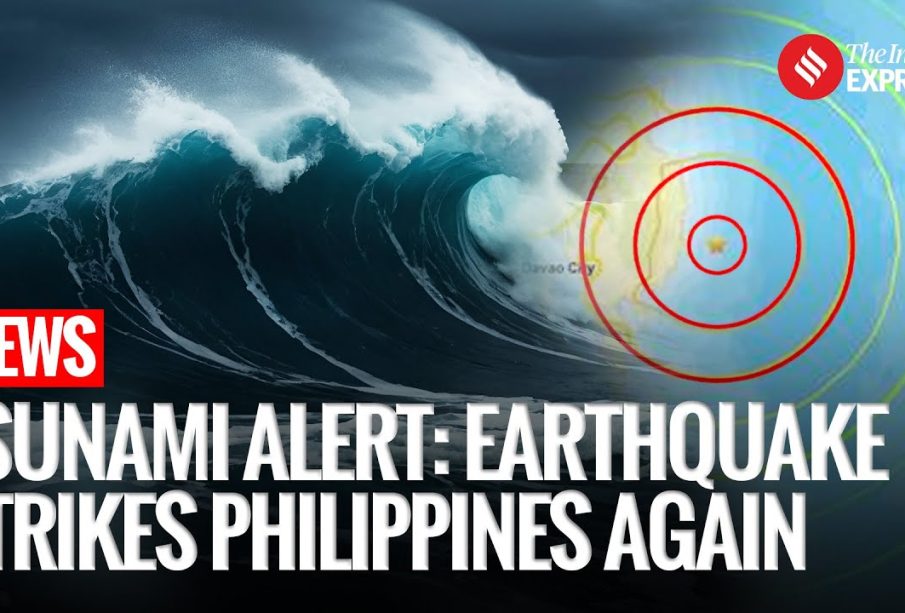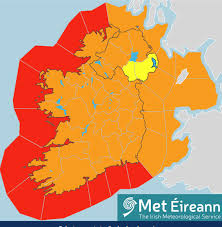Philippines Earthquake Sparks Tsunami Warning: Key Details

Introduction
On October 16, 2023, a magnitude 7.1 earthquake struck near the coast of Mindanao in the Philippines, leading to widespread concern and the issuance of a tsunami warning. Earthquakes in this region are not uncommon, given the Philippines’ location within the Pacific Ring of Fire, where tectonic plates frequently shift. Understanding the implications of such seismic events and their potential to trigger tsunamis is crucial for the safety of local communities and for disaster preparedness efforts.
Details of the Earthquake
The earthquake was recorded at a depth of 40 kilometers and was felt strongly in several nearby regions, including Davao and Cotabato. Authorities quickly responded by activating the National Disaster Risk Reduction and Management Council (NDRRMC), which urged residents in coastal areas to evacuate to higher ground as a precautionary measure. According to experts, the risk of tsunami generated by the earthquake was significant due to its depth and the proximity to the ocean.
Tsunami Warning Issued
The Philippine Institute of Volcanology and Seismology (PHIVOLCS) swiftly issued a tsunami warning, advising the public to remain vigilant and prepared for possible aftershocks. The authorities estimated that the tsunami could reach up to 1 metre high in coastal areas within the vicinity of the epicentre, leading to potential flooding and hazardous conditions.
Public Response and Safety Measures
In response to the tsunami warning, thousands evacuated from coastal communities, seeking refuge in designated safe areas. Local government units activated disaster response plans and deployed emergency personnel to assist residents in need. Public announcements encouraged individuals to stay away from beaches and low-lying areas until the situation was declared safe. Fortunately, as the hours passed without the tsunami event, fears began to ease.
Scientific Insights
Scientists have emphasised the importance of ongoing monitoring of seismic activity in the region. The Philippines has invested in advanced early warning systems and earthquake-resistant infrastructure to mitigate risks. Educational campaigns focused on earthquake preparedness continue to be a priority for local governments and organisations in the area.
Conclusion
The recent earthquake and subsequent tsunami warning serve as a stark reminder of the natural disasters that can impact the Philippines. While the immediate threat passed, the event highlights the ongoing need for public education and preparedness in earthquake-prone areas. As experts continue to study seismic activity, the hope is to improve safety measures and response strategies for future events. Residents are encouraged to stay informed about natural disaster preparedness and adhere to guidelines provided by authorities to enhance safety for themselves and their communities.








